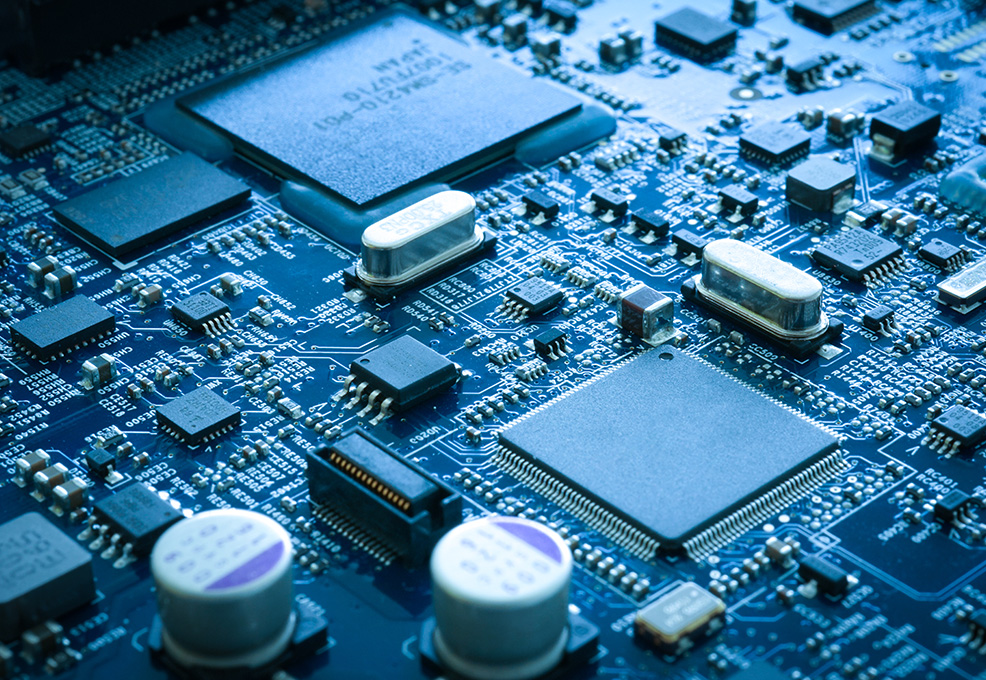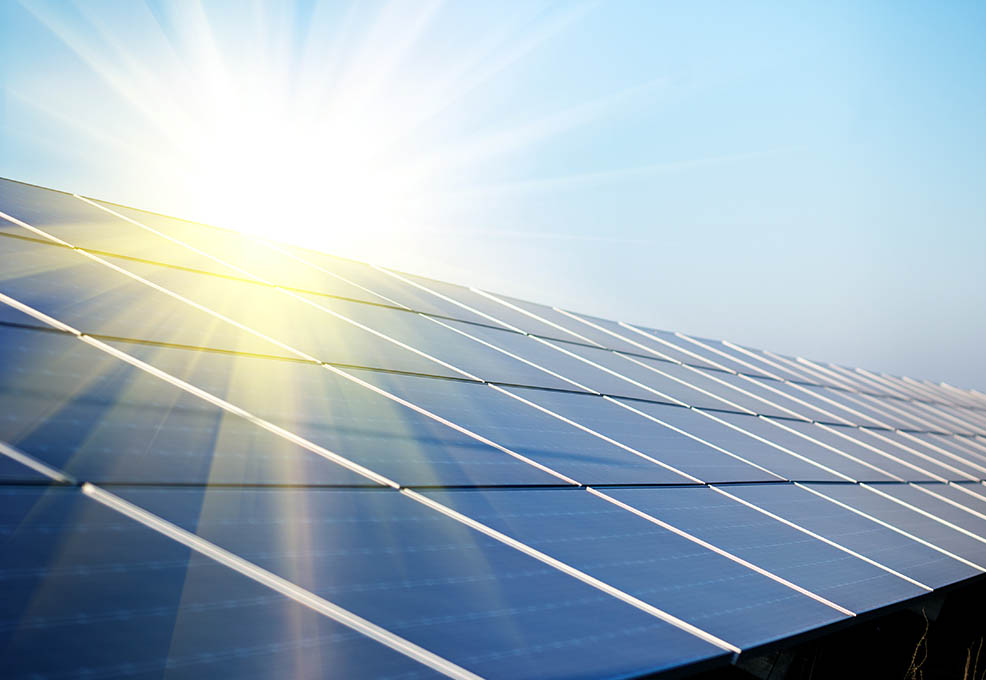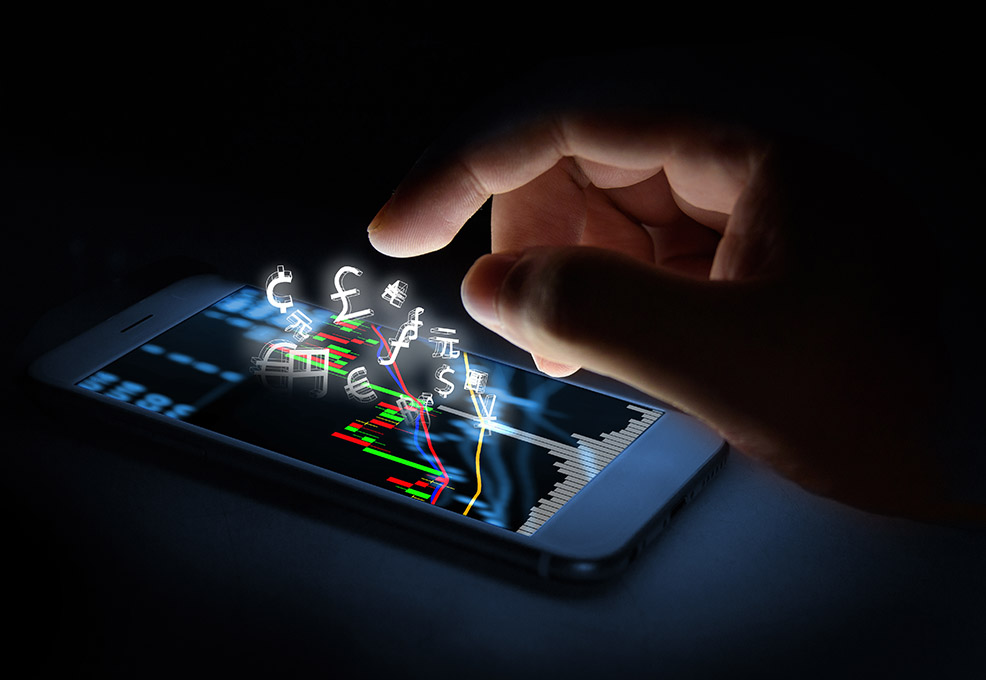The Leader of Smart and Green Life-Compound Semiconductors
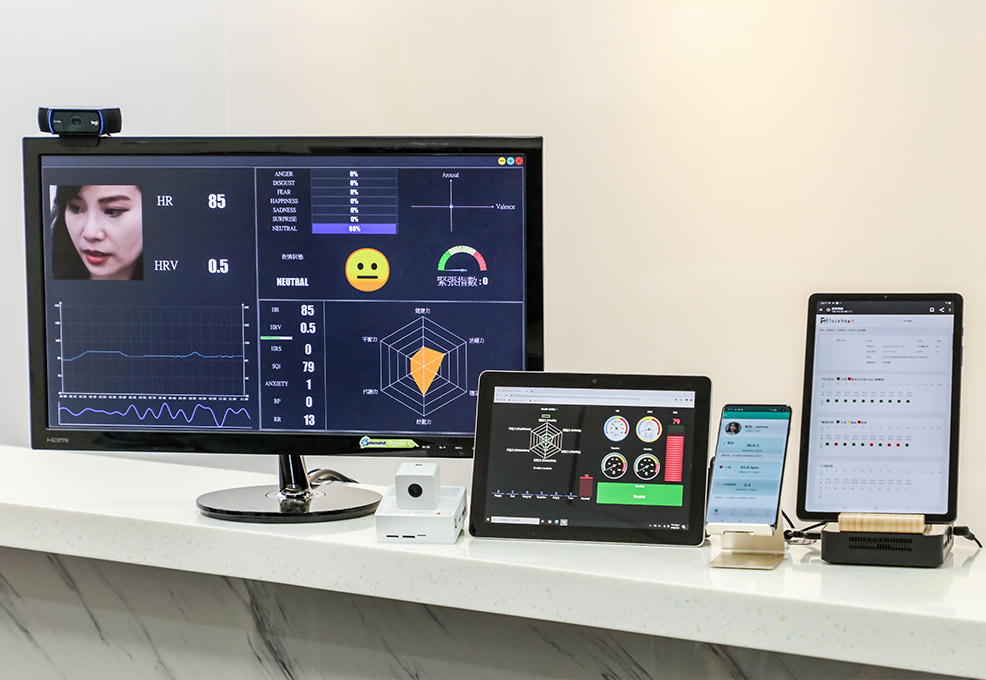
Author(s)
Bing-Fei WuBiography
Professor Bing-Fei Wu received his Ph.D. in electrical engineering from the University of Southern California in 1992, and has taught at his alma mater National Chiao Tung University in Taiwan. He used to be the Director of the Institute of Electrical and Control Engineering and was awarded the Distinguished Professor, Chair Professor at National Chiao Tung University. Academically, he was elevated to the IEEE Fellow, and was twice awarded the Outstanding Research Award of the Ministry of Science and Technology, MOST, and the Research Outstanding Award of Pan Wen Yuan Foundation. In teaching, he won the National Excellent Teacher Award from the Ministry of Education, and the honor of first Hsing Yun Education Award. Through the selection and funding by the Value Creation Program of MOST, FaceHeart Inc. has been founded to commercialize this technology and as a role model of academic activation achievement. He was awarded the Academic Entrepreneurship Award of MOST, which was awarded by the President.
Academy/University/Organization
National Chiao Tung University-
TAGS
-
Share this article
You are free to share this article under the Attribution 4.0 International license
- ENGINEERING & TECHNOLOGIES
- Text & Image
- November 23,2020
"Know your heart by seeing your face." Through a normal camera or a mobile phone camera, we can obtain important human physiological information such as heartbeat, heart rate variability, and blood pressure from the face or skin. This technology can continuously measure the physiological information without contact, and analyze possible hidden diseases through healthcare big data, and recommend medical treatment for healthcare purposes.
Most of the products on the market that monitor physiological signals are wearable wristbands which measure the physiological signals by contacting the skin. When using such contact measurement products, the skin must be closely attached to the sensor without a gap. In contrast, non-contact measurement uses images to detect the blood flow changes on the face, and to capture the heart rate. This method not only reduces the inconvenience of wearing the bracelet, and inaccurate interference during exercise, but the contactless measurement is also more flexible. This technology can measure heart rate, blood pressure, and heart rate variability at the same time. At present, no mass-produced product on the market uses non-contact methods to detect various types of physiological information. This is a world-leading technology that has now reached the practical stage. To avoid confusing personal identity, this technology also includes a high-speed face recognition system. General face recognition systems require the face to be fixed in front of the camera when detecting, but this technology is not limited to a certain angle of the face, and also has a face expression detection function, which is more competitive in its application.
Motivation of the research
We have all had the experience of feeling unwell and going to the hospital for treatment. However, at the moment of consultation, the pain may have eased. Therefore, when the doctor asks for information such as the history of the illness or the heart rate and blood pressure, patients cannot clearly describe their physical condition at that time. The doctor can only ask the patient to constantly monitor their blood pressure and heart rate at home, but patients normally forget to do this, until the next time the same situation happens again, and the patient will go back to the hospital. Is there a technology that can monitor our health at any time? We have designed a system that can measure the important physiological information without affecting our pace of life and habits, and with our authorization, our personal daily physiological information is given to the hospital for doctors to use as an auxiliary reference for disease diagnosis.
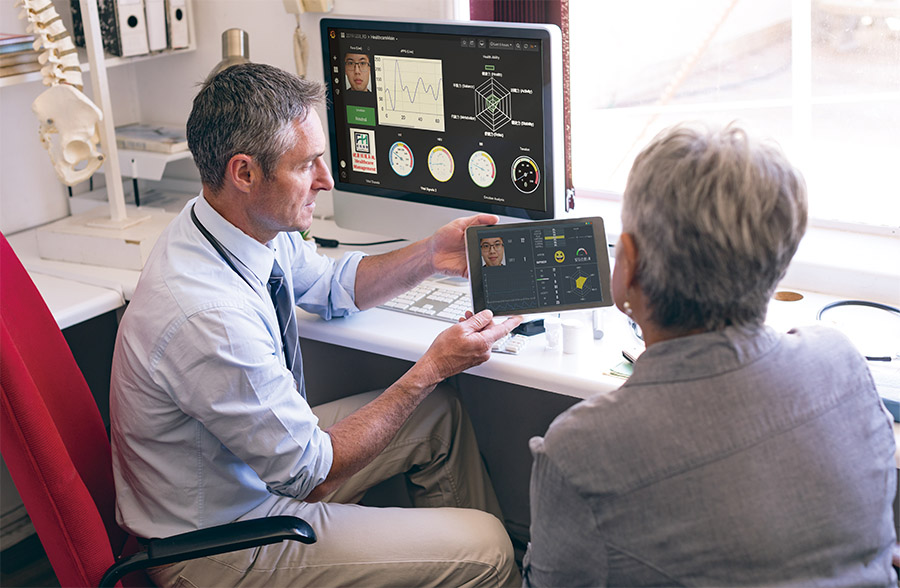
Digital physiological information lets medical doctors learn more about patients’ health conditions
Advantages of this technology
Our needs for physiological information measurement: the first is Convenience (it is easy to monitor physiological conditions), the second is Immutability (no change in living habits), the third is Correctness (the measured data has a certain reference value) and the fourth is Uniqueness (physiological information of A will not be recorded as B).
This technology allows us to measure the physiological information without memorizing the operation steps nor having to make numerous settings. There is no need to worry that the measured physiological information would be displaced. We hope that when using this technology, users will not need to change their usual lifestyle and habits, "The good technology should be non-sensible, but it does solve our problems."
Applications in daily life
1. Health management for family members:
The most common places we use at home are the bathroom and living room. When freshening up in the bathroom and brushing our teeth in front of the mirror, the physiological measurement system can recognize who is brushing their teeth by face recognition, and display the physiological information and emotions of the person on the mirror. If the mood is good, a smiling face will appear; and if the physical condition is abnormal, a warning can be raised. No key operations are required; as long as the person stays in front of the mirror, all the actions are automatically completed and the measured physiological information is stored in the private cloud at home with the family health information.
In the living room, as long as the TV is turned on, the physiological measurement system will also automatically identify the family members sitting on the sofa. Family members just watch TV dramas and cartoons as usual, but their physiological information is recorded at the same time. After analyzing via the back-end healthcare big data, if the health information is abnormal, the system sends warnings to family members to comprehensively take care of their health.
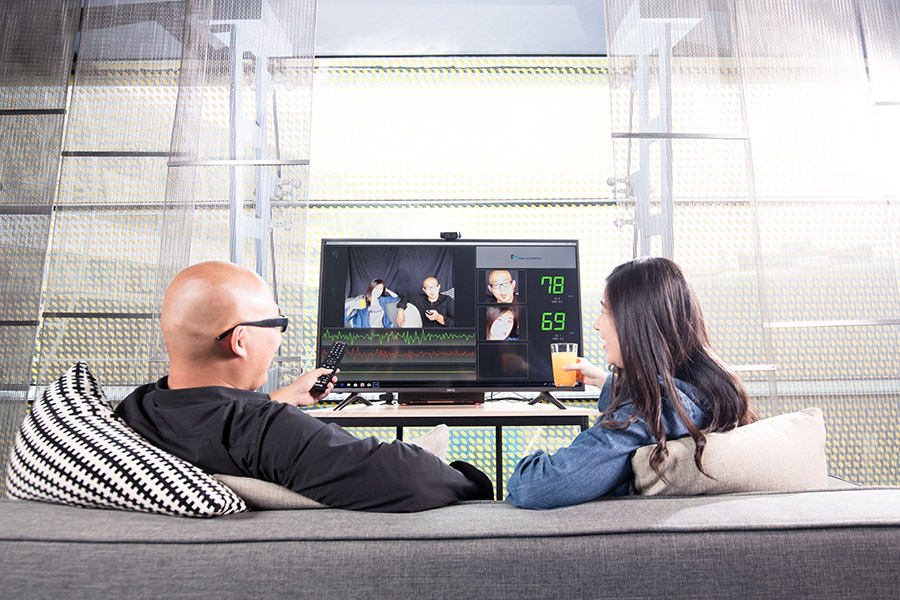
The TV in the living room can be the health monitor for family.
2. Smart non-contact epidemic prevention application: body temperature and heart rate monitoring system
Connecting a digital forehead temperature sensor with a computer or mobile phone, this technology can be used to measure the heart rate, heart rate variability and body temperature contactlessly. Heart rate variability is directly related to health. The digital forehead temperature sensor we used costs ten times less than the thermal thermometers. After the measurement, all the information will be stored in the system and the home quarantined person cannot change any information. This can avoid the incorrect body temperature or wrong person identity. The system also asks the home quarantined person to measure the temperature from time to time. The system is integrated with GPS positioning information; therefore, the quarantined person has to stay in a fixed location. The system can know 1. Who is measured; 2. When they are measured; and 3. Whether they need to be measured. It constitutes a fully automatic and autonomous epidemic prevention system that is very suitable for home isolation. This technology can solve all of the above problems.
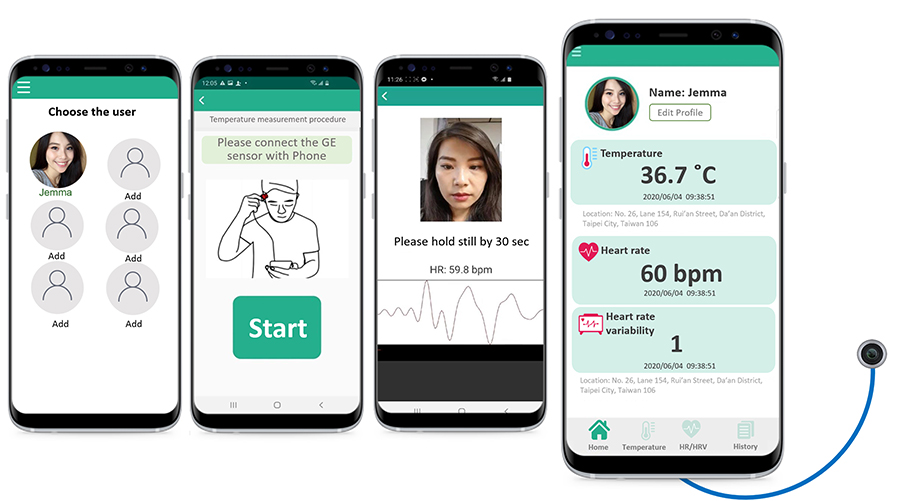
A fully automatic and autonomous epidemic prevention system for healthcare
STAY CONNECTED. SUBSCRIBE TO OUR NEWSLETTER.
Add your information below to receive daily updates.


